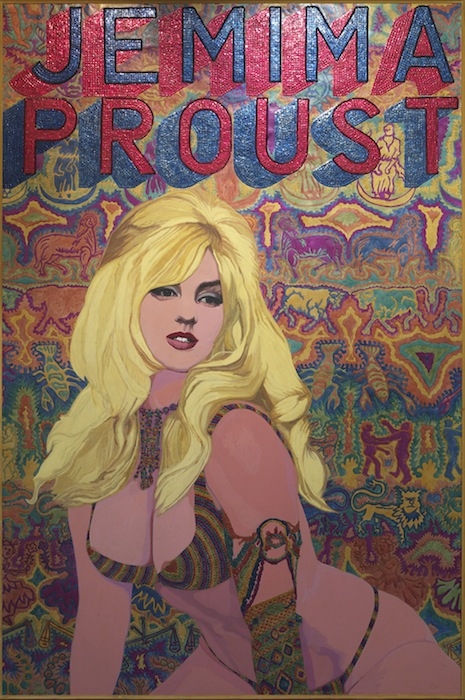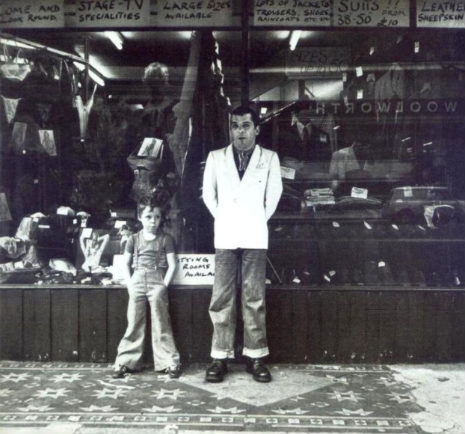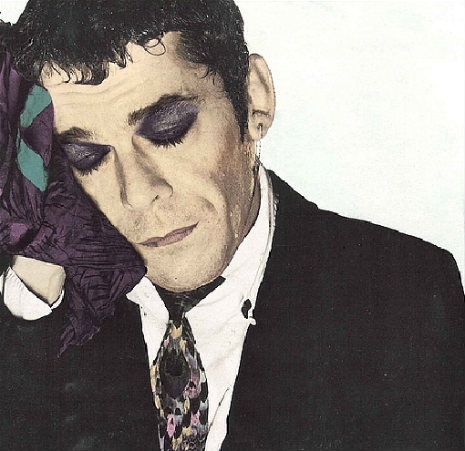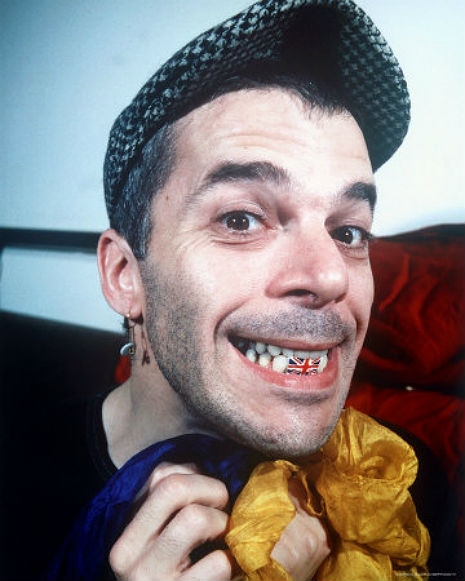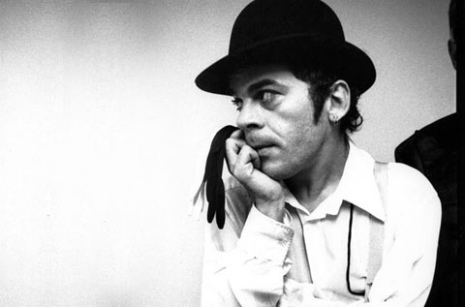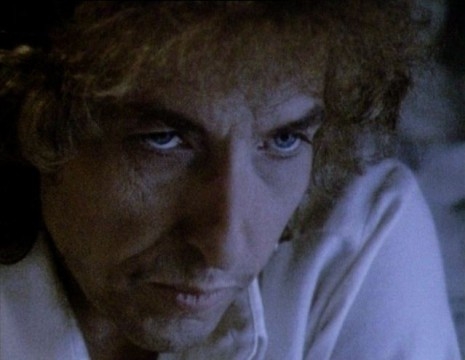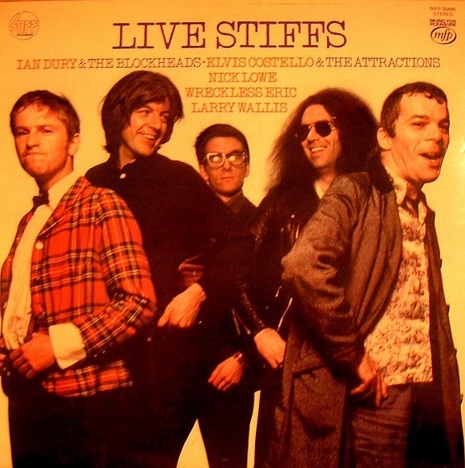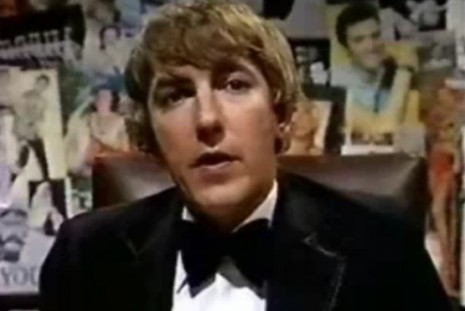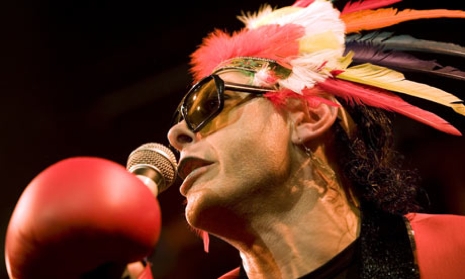
I’ve never played the video game Deus Ex Machina, released in 1984 by Automata UK for the ZX Spectrum system—not only did I not own anything that could play ZX Spectrum games, I didn’t own any video game console or personal computer until years later. I was the kid who would instantly become transfixed by the Atari 2600 or Intellivision set whenever I visited a friend’s house—the friend in question was usually bored by the thing by that time.
Anyway, if I had played Deus Ex Machina after its release, I would have been exposed to the music of Ian Dury a decade or two before I actually encountered it. There’s no doubt that having Dury’s peculiar brand of geezer punk in my life at that point would have been a very good thing.
Deus Ex Machina, it seems, was a game of some ambition and excellence. The creator of the game, Mel Croucher, wrote a book about the game with the humblebraggy title Deus Ex Machina: The Best Game You Never Played In Your Life. Croucher was a true video game pioneer; trained as an architect, he established Automata UK in 1977 and released Pimania and Groucho before Deus Ex Machina. Dury’s son Baxter, a tween at the time who today is a musician of considerable note, was a fan of Automata UK’s products—which opened the door for Papa Ian to get involved.

According to Chris Priestman, Deus Ex Machina was “a surreal, hour-long journey from womb to grave adapted from Shakespeare’s play As You Like It, about our insignificance and the impossibility of living a perfect life.” Dury agreed to record a track for the game, noting that he desired to help provide an alternative to the violent video games in the marketplace, which he characterized as “a load of old fucking electro bollo.” Croucher asked him “to play the sperm,” as he puts it in the book, and Dury recorded a track about fertilizer that can be heard if you heed the videos at the bottom of the page.
The author of “Spasticus Autisticus” suggested Marianne Faithfull as a possibility to be the voice for “The Machine,” but it didn’t work out—during the early 1980s Faithfull was in the throes of serious drug addiction.
More, plus video evidence after the jump…....










